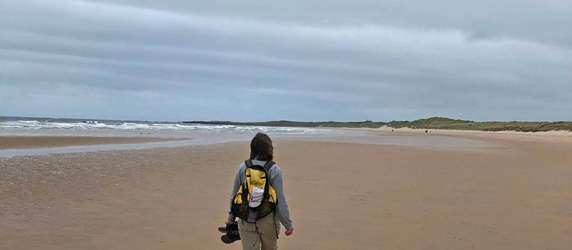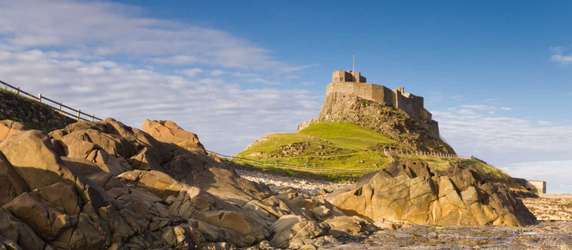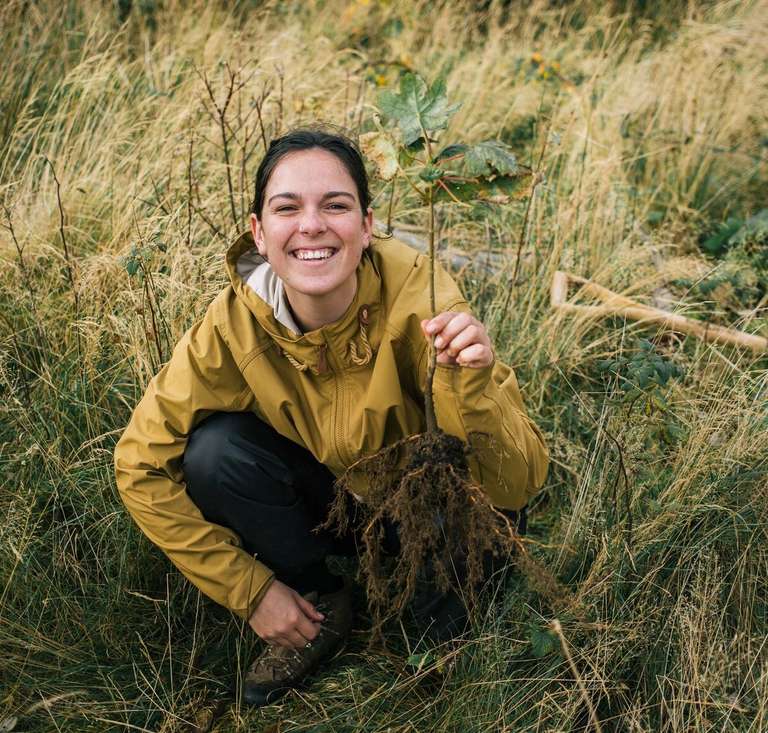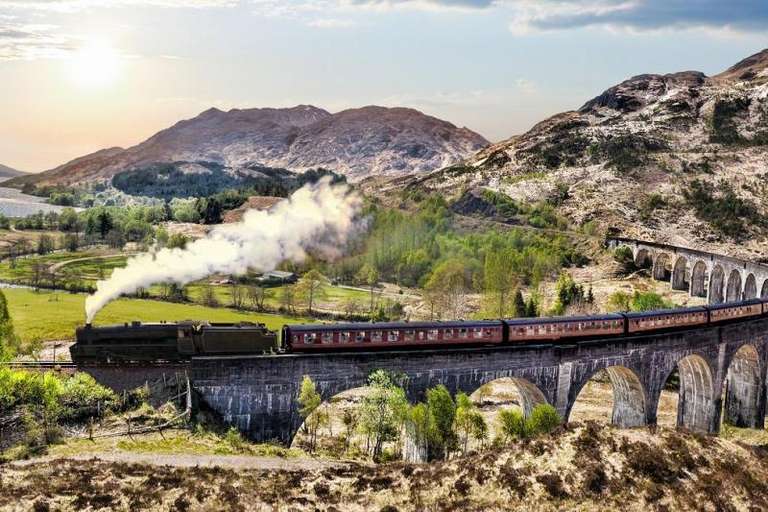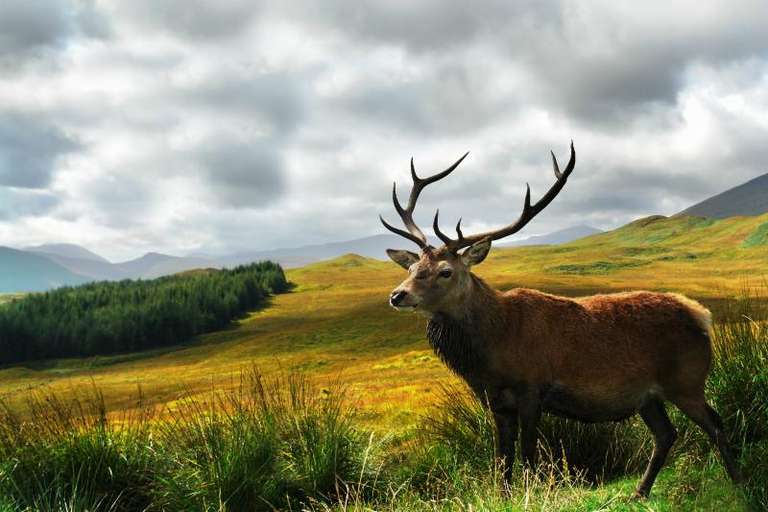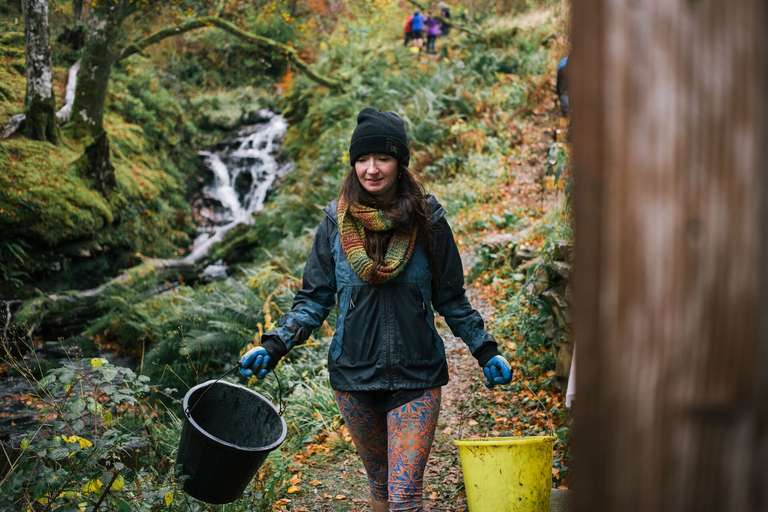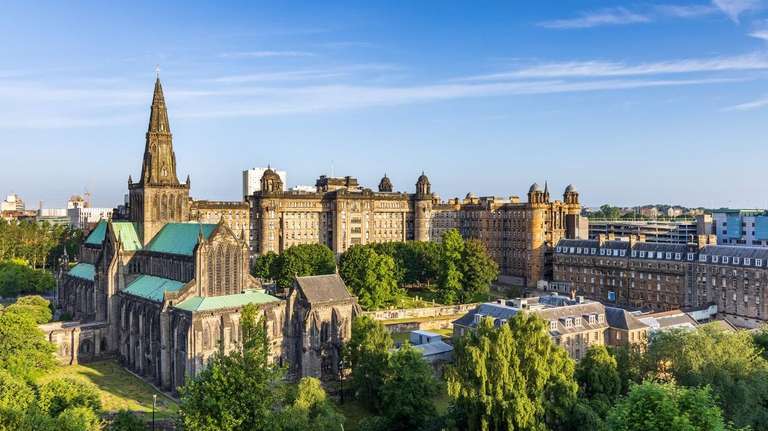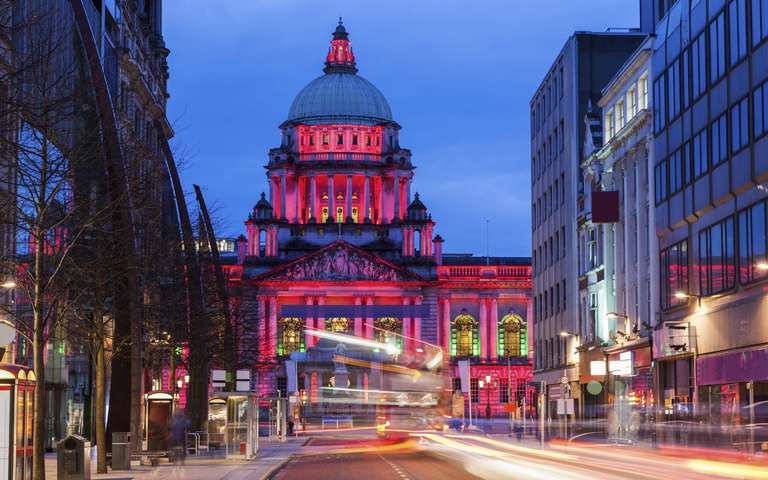8 daysDuration
Group TourJoin a group of travelers
20 peopleMaximum group size
18 - 99 yearsAge range for participants
EnglishGuide language
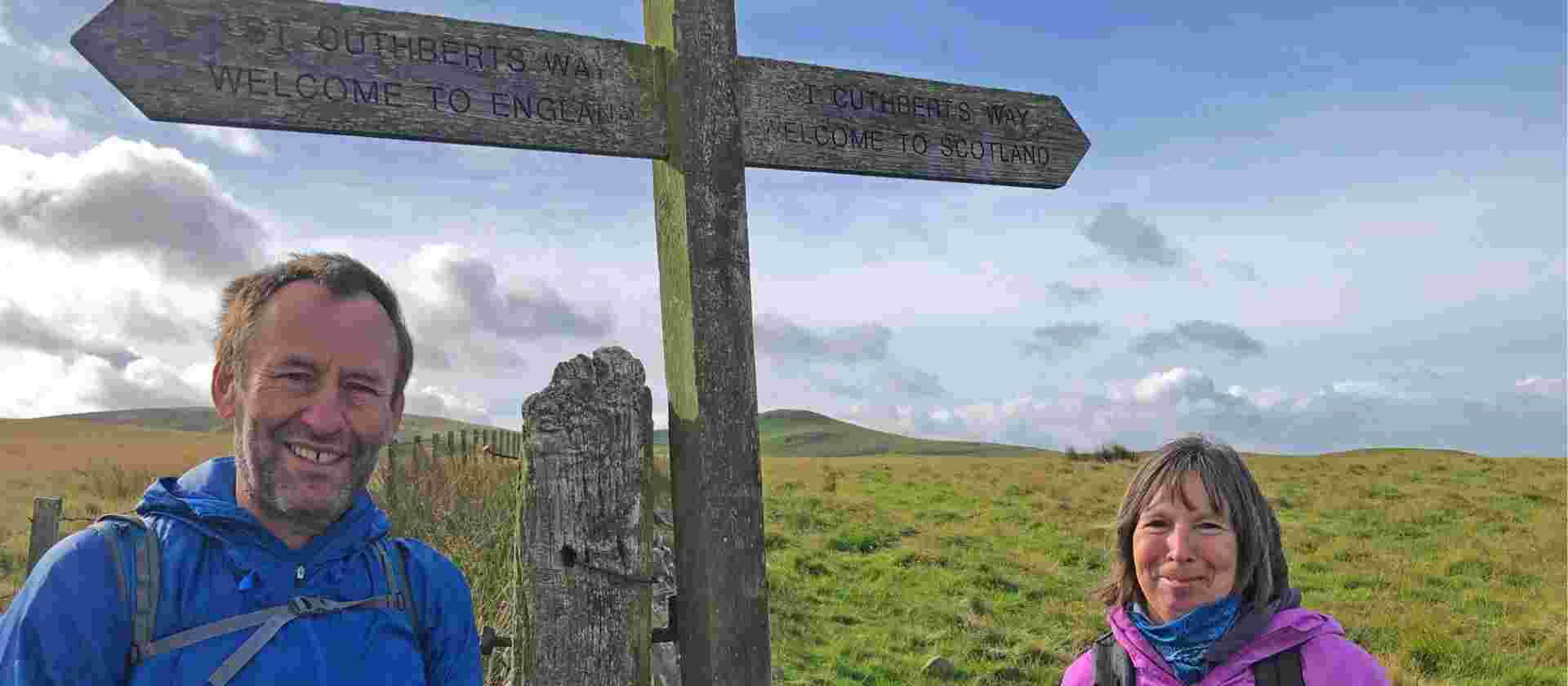
Get Trip Brochure & Exclusive Discount
Download a detailed PDF brochure and unlock an exclusive discount for this tour
Do you need help from our trip consultants?
If you have any question about this tour or need help with planning a trip, please do not hesitate to get in touch with us.
Our travel experts are ready to help.


Why Book with Bookmundi
Earn USD 63+ in travel credits.
Best price guaranteed.
No credit card or booking fees.
100% financial protection.
Carbon neutral tours.
25,000+ trip reviews, with an average rating of 4.8 out of 5.
Emmanuel
Smooth, Scenic, and Superbly Organized
I joined a 6-Day Marangu Route hike with Kilisa Tours, and the whole experience was seamless. The accommodations in the mountain huts were cozy, and the support staff made sure we were always comfortable. Our guide shared fascinating stories about the mountain s history and wildlife. Everything ran perfectly on schedule, and the company s attention to detail was impressive. I ve done many treks before, but Kilisa Tours stands out for their genuine care and world-class service. Couldn t have asked for more!
5 days ago


